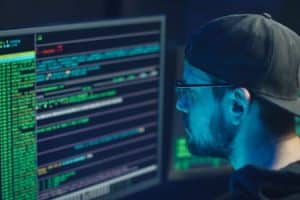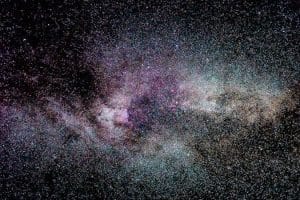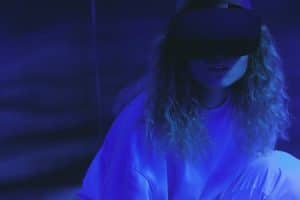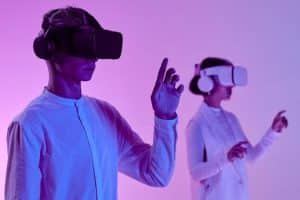Autonomous Art Critics: AI Creativity Analysts
Art criticism has long been considered a human domain, with experts using their knowledge and expertise to analyze and interpret works of art. But what if I told you that artificial intelligence is also making its way into this realm? That’s right, autonomous art critics, also known as AI creativity analysts, are becoming a reality in the art world. In this article, we’ll explore the role of these AI systems in the world of art and how they are changing the way we view and understand creative works. 
The Rise of AI in Art Criticism
With advancements in technology, AI has been integrated into various industries, including the art world. Autonomous art critics use algorithms and machine learning to analyze and interpret artwork, just like a human critic would. These systems are designed to analyze elements such as composition, color, texture, and subject matter, and provide insights and critiques based on their findings.
One of the main advantages of AI art critics is their ability to analyze vast amounts of data in a short amount of time. While it may take a human critic hours to analyze a single piece of artwork, an AI system can do it in a matter of seconds. This not only saves time but also allows for a more comprehensive analysis of the artwork.
Moreover, AI critics are not influenced by personal biases or preferences, making their analysis more objective and impartial. They can also compare and contrast different pieces of artwork without any preconceived notions, providing a unique perspective and potentially uncovering underlying themes and patterns that may have gone unnoticed by humans.
The Controversy Surrounding AI Art Critics
While the use of AI in art criticism has its benefits, it has also sparked debate and controversy in the art world. One of the main concerns is that AI critics lack the emotional and intuitive understanding that human critics possess. Some argue that art is meant to evoke emotions and that a machine cannot fully comprehend or convey these emotions through its analysis.
There is also the fear that AI critics may replace human critics, leading to job losses and a decline in the value of human expertise in the art world. Additionally, some worry that these systems may only perpetuate certain dominant narratives and exclude diverse perspectives and interpretations.
However, proponents of AI art critics argue that these systems can coexist with human critics and complement their work. AI critics can offer a different lens through which to view and understand artwork, providing a new dimension to the art criticism landscape. They can also help in combating biases and providing a more diverse and inclusive analysis of artwork.
The Future of Autonomous Art Critics
The use of AI in art criticism is still in its early stages, and there is still much to learn and explore. As technology continues to advance, we can expect to see more sophisticated and nuanced AI critics that can provide even deeper insights into creative works.
Some experts predict that AI critics will also be able to identify trends and predict artistic movements, revolutionizing the way we view and analyze art. Others believe that AI critics can be trained to create their own original works of art, blurring the lines between human and machine creativity.
The Bottom Line
Autonomous art critics, or AI creativity analysts, are changing the landscape of art criticism. While it may be a controversial topic, there is no denying the potential and impact of these systems in the art world. As technology evolves, we can expect to see a symbiotic relationship between human and AI critics, leading to a deeper understanding and appreciation of art.









